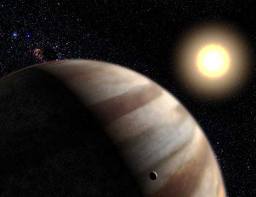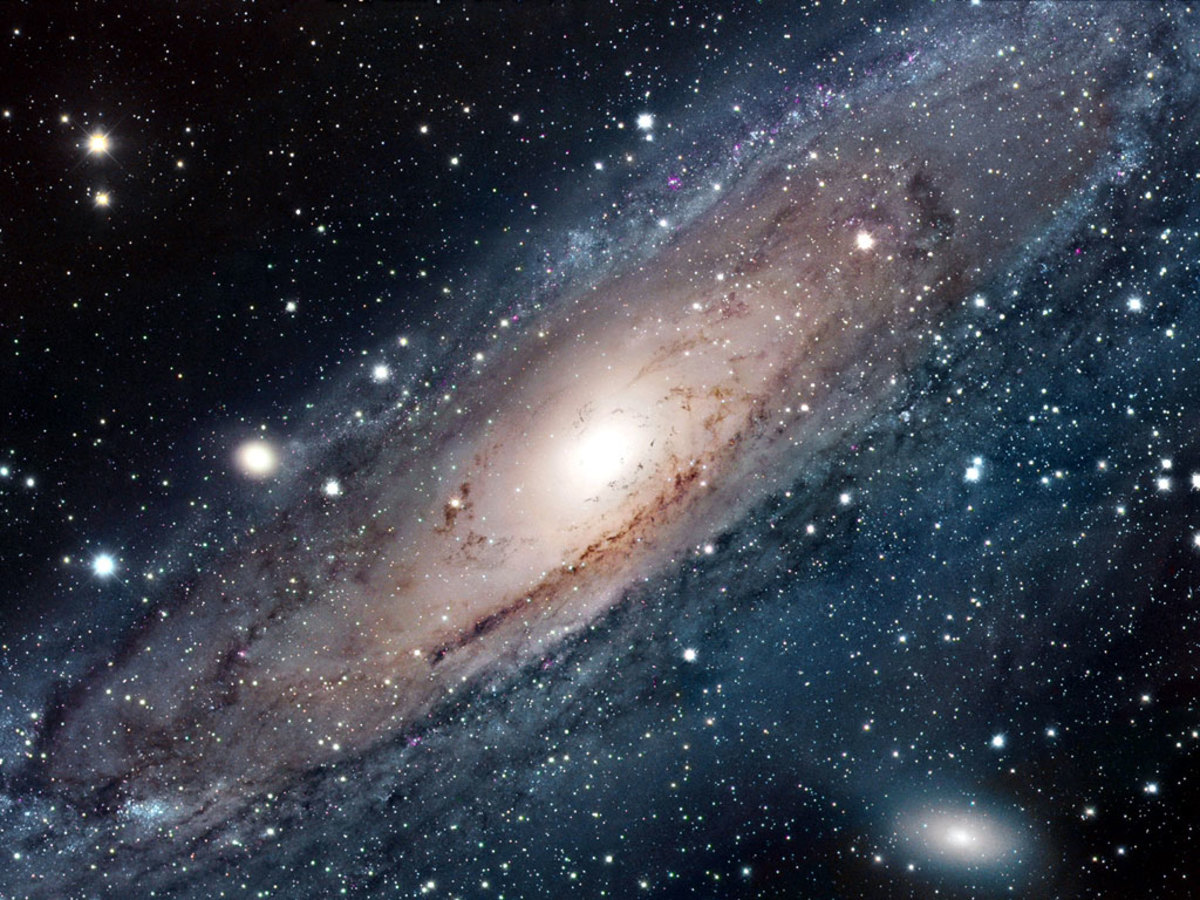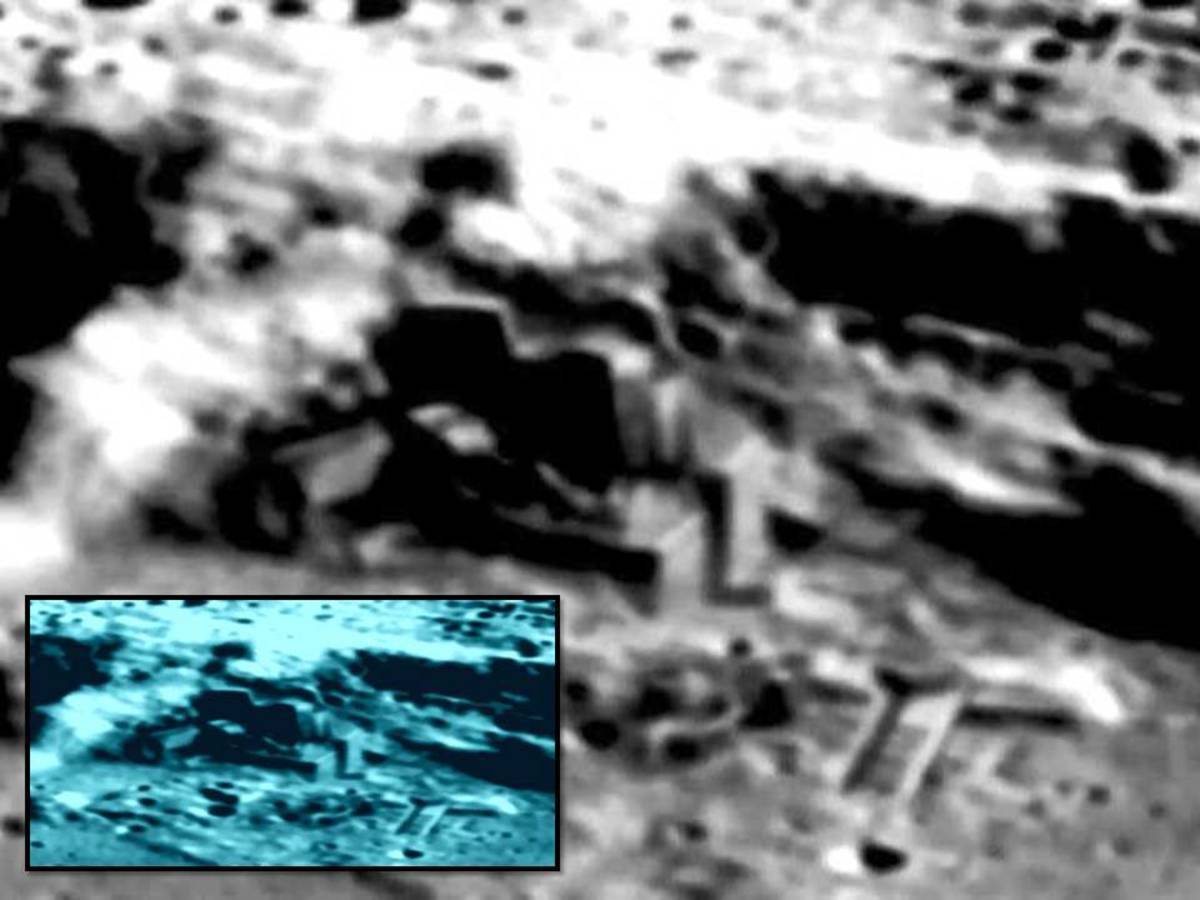Spacedom: Unmanned Missions May Find Other Planets Like Earth in the Universe
Are There Other Planets Like Earth?
Unmanned Missions Are Finding Other Planets

Where Water Exists, Life May Exist
In the darkness of space and through the vastness of the universe there is one star in particular that has caught the attention of astronomers. This star, known as Gliese 581 is about 20 and a half light years away from Earth. It is imperceptible to the human eye, but through the Kepler Telescope, it is a shining hope that this unmanned mission may have found a sun that has at least 6 planets circling it. This particular sun has the most planets circling it found outside our own solar system. Within Gliese 581 solar system, one planet has the potential to be similar to Earth. It is postulated this planet may have a solid surface because of its size, being 3-4 times the size of Earth. It appears to sit just the right distance from its sun, so that water on the planet wouldn’t freeze or boil. Astronomists believe where water exists, some sort of life exists. The planet is known as 581g (not an original name, but it is better these scientists spend their energy on discovering things, than creatively naming things.)
We won’t know for a long time, the potential of this planet, but the astronomy field has made tremendous inroads in the discovery. It is an amazing accomplishment that this planet was found. The idea that a celestial body this small was even discovered, is well … astronomical.
There is So Much for Scientists to Learn
The equipment and tools used to detect the minute motions in a star need to be extremely sensitive to this movement. Gravitational pulls from the the orbiting planet cause the back and forth movements, called doppler shifts. Astronomers look at the light from a star and try to pick up subtle cues of dimming or changing lights in a pattern over months or years, this could indicate that the planet is orbiting a star. Scientists will analyze what they see to determine if more exploration is necessary. Astronomers have discovered planets that have an atomosphere filled with carbon. Scientists wonder if diamonds could exist on this planet.
There is so much for scientists to learn. A new telescope is being developed by NASA called the James Webb Space Telescope, that is 100 times as powerful as the Hubble Space telescope. The telescope, also an unmanned mission, is expected to make its debut approximately 2013, although it is already one and a half billion dollars over budget.(What else is new with the government?) Astronomers are hoping through the power of this telescope, they will be able to detect life on planets.
New Planet Confirmed
As of January 11, 2011, Nasa confirmed through extensive testing that a planet they found in 2009,through Kepler’s unmanned mission, that it is in fact, the first rocky planet discovered. They named the planet Kepler-10b. It is 1.4 times bigger than Earth, yet it is a small planet, the littlest ever found outside our solar system. It orbits a star, like Earth orbits the sun. It was a major discovery in the first place and confirms a milestone in space knowledge. It took nearly 8 months to collect all the data that the space craft gathered and sent back to Nasa scientists. The planet is called an exoplanet.
The French Have Also Sent Up an Unmanned Mission
The current discoveries have happened in large part due to the Kepler Space Telescope, although the French have sent unmanned missions into space too. The Kepler telescope uses very exact photometer measurements to notice slight decreases in the star’s brightness. (called photometry). They are able to figure out the size of the planet by watching patterned dips in the spectrum of brightness of the planet. Scientists measure the waves of light inside the star. The orbital tug of the planet noticed by astronomers is called Doppler shifts and gives more information for scientists to understand this planet. The more accurate they can put this information together, the more accurately they can describe the properties of the planet.
Stars Don't Twinkle in Space Like They Do from Earth
Telescopes that observe space from Earth are looking more at red dwarf stars because they tend to be easier to spot. Gileses 876 was spotted with this type of telescope.
Here is a little bit of trivia about the Kepler Telescope unmanned mission. Mounted on the telescope before it went into space is an engraved plaque that has the names of each of the 2,000 people who were involved in making this mission come to fruition. It includes the engineers, scientists, and managers who coordinated this space effort. The mission will continue through the year 2012. Kepler is on a 53-week orbit that goes around the sun, and will be drifting behind our planet Earth. By scientists calculations Kepler loses a week every year, and will return to Earth 53 years from the time it was first launched into space.
Keppler Telescope Brings Great Promise for Life in Outer Space
New Discoveries Await Us Earthlings
Astronomers are hopeful that this discovery will pave the way for more sightings of other planets. Unmanned missions allow us to do space exploration in ways we couldn’t do before. Keep your eye on the sky. There are lots of new discoveries coming our way. Space is proving to be an unending source of excitement and exhilaration for astronomers and all us Earthlings, as we await to learn about the newest planetary discoveries.
If you would like to get more information go to http://planetquest.jpl.nasa.gov/






